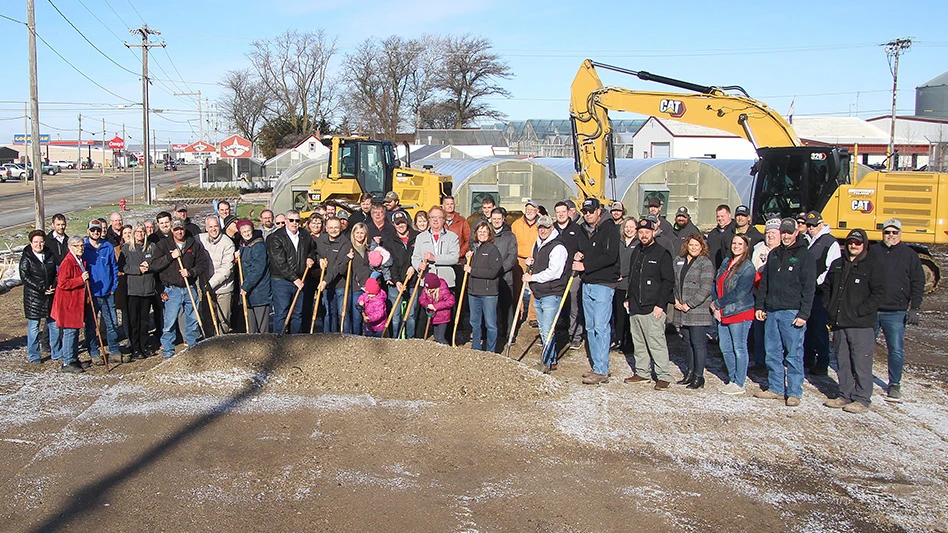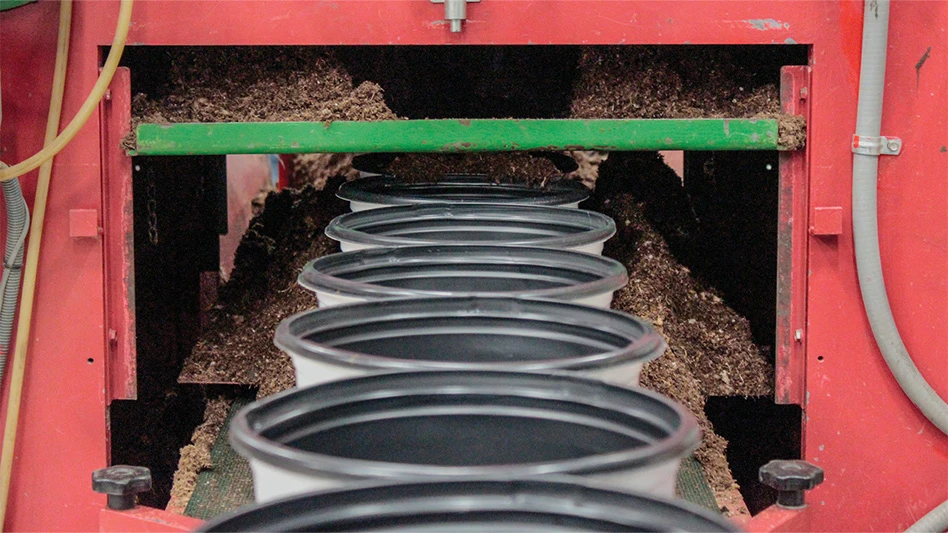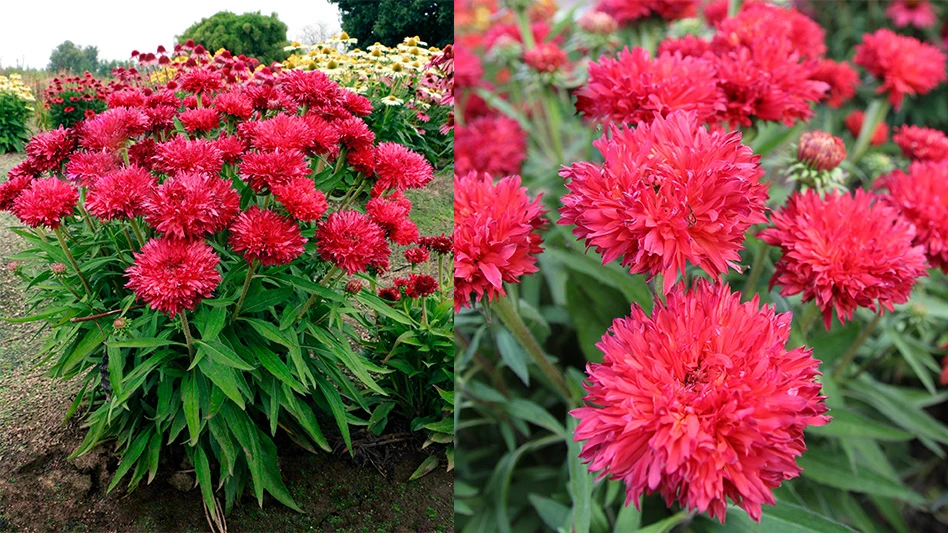
Root zone temperature is more critical than leaf temperature in achieving good plant growth. And with proper root zone management, a spring crop of tomatoes can achieve increased earliness and higher quality. Also, if the root zone temperature is maintained at optimum levels, air temperature in the greenhouse can be lowered 5 to 10° F, reducing heat loss and thereby energy consumption.
A check of soil temperature in the root zone during the early spring may find temperatures in the 45 to 55° F range, with the coolest level near the perimeter of the greenhouse. With temperatures in this range, growth is almost stopped. Research has shown that the ideal soil temperature for tomatoes is between 70 and 75° F.
To reduce heat loss along the perimeter of the greenhouse, install 1-inch thick board-type insulation to a depth of 18 to 24 inches below the soil surface. This is easiest to do when the greenhouse is under construction but can be added later if necessary. Polyethylene (not bead board) or polyurethane board works well because they do not absorb moisture. Dig a trench along the outside of the foundation posts and place the insulation board below the foundation board. Backfill with sand or soil free of large rocks.
System components
A typical hot water system contains piping, a water heater or boiler, circulating pumps and controls.
The least expensive is flexible polyethylene pipe that is available in 100-foot and 400-foot rolls. Select a pipe made of virgin plastic rather than one with reconstituted resins. It should have a pressure rating of at least 100 psi. Polyethylene will take a temperature up to 130° F. Most growers who use poly pipe operate with a water temperature of about 100° F to provide 70 to 75° F soil temperature. Cross-linked polyethylene (PEX) tubing in 5/8-inch or ¾-inch diameter can also be used.
Nylon fittings and stainless clamps will minimize the potential for leaks. Fittings that are buried below ground should have double clamps.
Commercially available systems are available that use EPDM rubber tubing either as single tubes or as multiple tubes attached to a web. Diameters of 3/8-inch or ½-inch have a greater heat transfer and eliminate some problems from chemical coating and sedimentation blocking. The tubing is connected to plastic or copper headers with plastic inserts or brass fittings. Some manufacturers offer custom-made, ready-to-install modules with headers sized to fit the row spacing.
System layout
Proper layout of the system is important to get good distribution of the heat. For in-ground, grow bags or containers, a single line of pipe placed under the row of plants provides good results.
For soil-grown crops, placing the pipe 8 to 12 inches deep will allow rototilling of the soil. Installation can be done by plowing a furrow and then laying the pipe in the bottom or purchasing a pipe-laying chisel that attaches to the drawbar of a tractor. For surface installation, the pipe is laid on top of the ground plastic or weed mat in line with the bag/container placement.
The piping is installed as loops, with one end fed by a supply header and the other end connected to a return header. Using a reverse return system, the flow through each loop travels the same distance, providing uniform heating. Heat loss from plastic and rubber tubing is relatively slow, so lengths up to 200 feet for ½-inch and 400 feet for ¾-inch pipe will give good results with minimum friction loss.

Explore the December 2024 Issue
Check out more from this issue and find your next story to read.
Latest from Greenhouse Management
- The HC Companies, Classic Home & Garden merge as Growscape
- Eason Horticultural Resources will now officially be known as EHR
- BioWorks receives EPA approval for new biological insecticide for thrips, aphids, whiteflies
- ScottsMiracle-Gro transfers cannabis subsidiary to focus on core lawn and garden business
- Ellen Mackenbach-Lakeman appointed new CEO of Dümmen Orange
- Southern Garden Tour sets 2025 dates for trial garden open houses
- Belgian thermal screen manufacturer Phormium launches Noctis Thermo
- New book explores plants that thrive in Rocky Mountains





